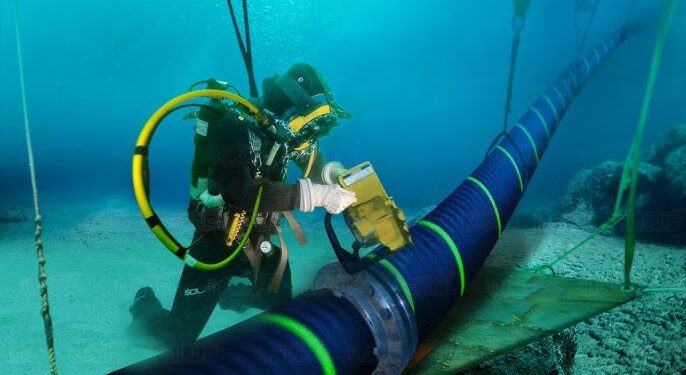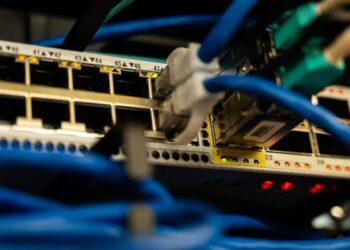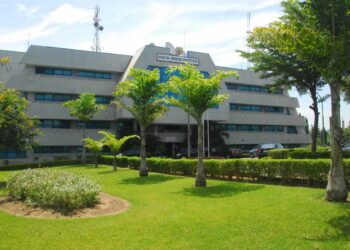Submarine cable company, MainOne, has declared a force majeure as Thursday’s undersea cable cut continues to disrupt internet services in Nigeria and some other West African countries.
The company also hinted that while actions have started towards the repair of the damage, the process might take weeks to complete.
According to a statement issued by the company, its preliminary investigations suggested that some form of seismic activity on the seabed resulted in a break to the cable. It, however, said more data would be obtained when the cable is retrieved during the repair exercise.
Why force majeure is declared
MainOne said it had to declare a force majeure event after it tested the cable system and when it had enough technical data from the preliminary assessment to indicate some underwater activity was the likely cause.
- “We believe it is important to inform our customers of the fault details given the magnitude of the situation in order to set expectations and make contingency arrangements while the repairs are ongoing,” the company stated.
A Force Majeure event describes an activity beyond our reasonable control e.g. riots, earthquakes etc. Commercial contracts typically include such a clause which enables service providers to suspend contractual obligations for the duration of such disruptions.
Nonetheless, MainOne said it is working to provide restoration services to as many of its customers as possible, and to complete the repairs to the cable system in record time.
Duration and process of repairs
The cable company said it has a maintenance agreement with the Atlantic Cable Maintenance and Repair Agreement (ACMA) to provide repair services for the submarine cable. Explaining the repair process, it said they will first need to identify and assign a vessel, the vessel has to retrieve the necessary spares required for repair, and then sail to the fault location to conduct the repair work.
- “Next, in order to complete the repair, the affected section of the submarine cable will have to be pulled from the seabed onto the ship where it will be spliced by skilled technicians.
- “Post repair, joints will be inspected and tested for any defects and then the submarine cable is lowered back to the seabed and guided to a good position.
- “This process might take 1-2 weeks for repairs while about 2-3 weeks of transit time may be required for the vessel to pick up the spares and travel from Europe to West Africa once the vessel is mobilised,” the company explained.
What you should know
Providing background to the service disruption that has led to poor data service for millions of internet users in the country, the Nigerian Communications Commission (NCC) on Thursday explained that the disruption was caused by a combination of cable cuts, resulting in equipment faults on the major undersea cables along the West African Coast.
- “The cuts occurred somewhere in Cote d’Ivoire and Senegal, with an attendant disruption in Portugal.
- “Cable companies – West African Cable System (WACS) and African Coast to Europe (ACE) in the West Coast route from Europe have experienced faults while SAT3 and MainOne have downtime,” it stated.
According to the Commission, similar undersea cables providing traffic from Europe to the East Coast of Africa, like Seacom, Europe India Gateway (EIG), Asia-Africa-Europe 1 (AAE1), are said to have been cut at some point around the Red Sea, resulting in degradation of services across on these routes.
























